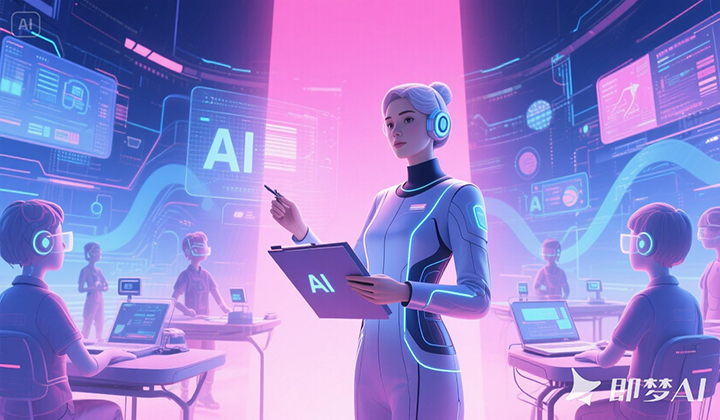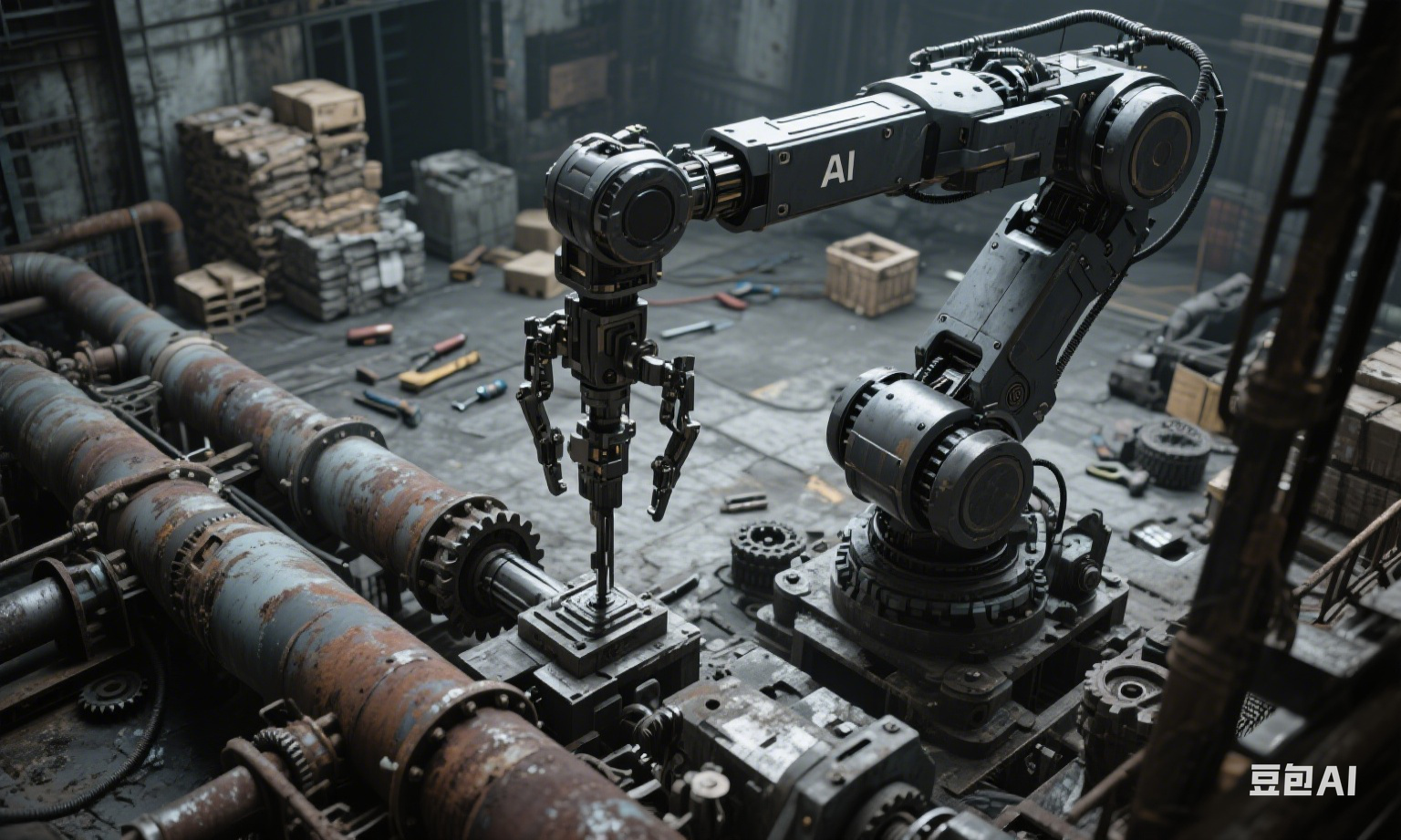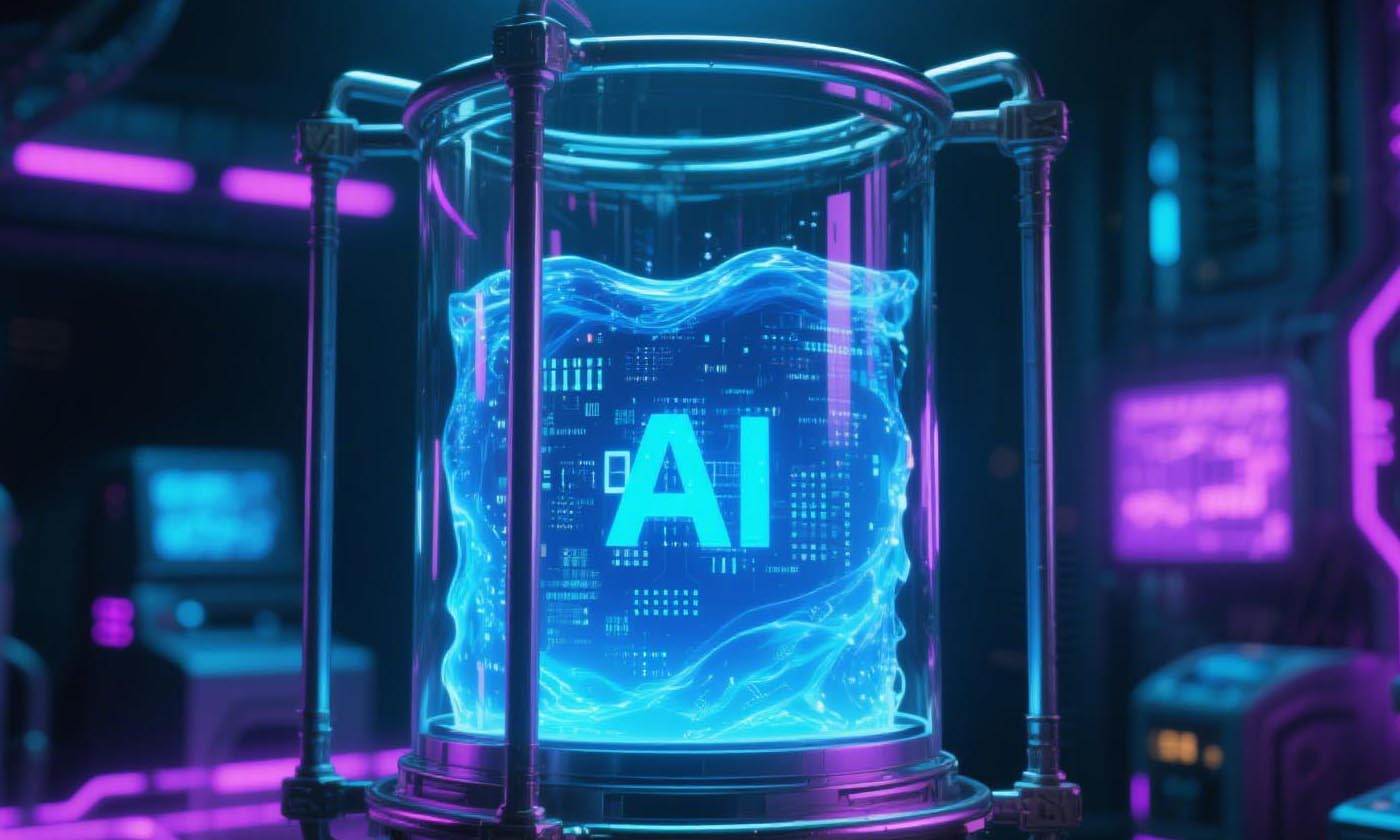The Integration of AI and Translation: Revolutionizing Global Communication
观棋 2025-05-28
In an era defined by globalization, the ability to bridge linguistic divides has never been more critical. Artificial intelligence (AI) has emerged as a transformative force in the field of translation, offering innovative solutions that go beyond traditional human-driven or rule-based systems. By leveraging machine learning, neural networks, and big data, AI-powered translation tools are reshaping how languages are understood, communicated, and preserved across the globe.
The Integration of AI and Translation: Revolutionizing Global Communication
In an era defined by globalization, the ability to bridge linguistic divides has never been more critical. Artificial intelligence (AI) has emerged as a transformative force in the field of translation, offering innovative solutions that go beyond traditional human-driven or rule-based systems. By leveraging machine learning, neural networks, and big data, AI-powered translation tools are reshaping how languages are understood, communicated, and preserved across the globe.
Today, AI translation tools like Google Translate, DeepL, and Microsoft Translator serve billions of users daily, supporting hundreds of languages—from major tongues like Mandarin and Spanish to endangered languages with limited digital resources. These platforms have become indispensable in breaking down barriers in business, education, diplomacy, and everyday communication. For instance, a CEO in Tokyo can instantaneously converse with a team in Buenos Aires via real-time AI translation, while a student in Nairobi can access educational materials in their native Swahili through AI-powered localization.
Culturally, AI has democratized access to literature, film, and art. Works by non-English authors, once confined to niche audiences, can now reach global readerships through AI-assisted translation, fostering cross-cultural understanding. Similarly, social media platforms use AI to auto-translate posts, enabling users to engage with content from around the world and fostering a more interconnected digital community.
Privacy and data security are also concerns, as AI translators often require access to personal or confidential information. In industries like law and healthcare, where precision is non-negotiable, human oversight remains essential to ensure accountability. Moreover, the rise of AI translation has sparked debates about the future of human translators. While AI automates routine tasks, human expertise remains irreplaceable in nuanced fields like literary translation, diplomatic negotiations, and creative content, where empathy and cultural fluency are paramount.
Efforts to support low-resource languages are also gaining momentum. Organizations like Meta and Google are investing in datasets and models for languages with limited digital content, ensuring that AI-driven communication is inclusive and equitable. Furthermore, as AI becomes more integrated with emerging technologies like virtual reality (VR) and the Internet of Things (IoT), real-time translation may become a seamless part of our daily lives, from smart devices that interpret conversations at international conferences to wearable gadgets that translate street signs for travelers.
In an era defined by globalization, the ability to bridge linguistic divides has never been more critical. Artificial intelligence (AI) has emerged as a transformative force in the field of translation, offering innovative solutions that go beyond traditional human-driven or rule-based systems. By leveraging machine learning, neural networks, and big data, AI-powered translation tools are reshaping how languages are understood, communicated, and preserved across the globe.
The Evolution of AI in Translation
The journey of AI in translation began with rule-based systems, where linguists manually coded grammatical rules to convert text from one language to another. However, these systems struggled with complexity and context, often producing awkward or inaccurate translations. The advent of statistical machine translation (SMT) in the 1990s marked a turning point, using algorithms to analyze vast bilingual datasets and predict the most probable translations. Yet, it was the rise of neural machine translation (NMT) in the 2010s that truly revolutionized the field. NMT models, such as Google’s Transformer, use deep learning to process language in context, generating more natural and coherent translations by treating sentences as interconnected sequences rather than isolated words.Today, AI translation tools like Google Translate, DeepL, and Microsoft Translator serve billions of users daily, supporting hundreds of languages—from major tongues like Mandarin and Spanish to endangered languages with limited digital resources. These platforms have become indispensable in breaking down barriers in business, education, diplomacy, and everyday communication. For instance, a CEO in Tokyo can instantaneously converse with a team in Buenos Aires via real-time AI translation, while a student in Nairobi can access educational materials in their native Swahili through AI-powered localization.
Applications and Impacts
The applications of AI in translation are vast and diverse. In business, multinational corporations rely on AI to streamline communication with global clients, localize marketing content, and navigate regulatory documents across jurisdictions. In healthcare, AI translators ensure that patients with limited language proficiency receive accurate medical information, improving diagnostic accuracy and patient safety. In emergency response, real-time translation apps help first responders communicate with survivors in disaster-stricken regions where multiple languages are spoken.Culturally, AI has democratized access to literature, film, and art. Works by non-English authors, once confined to niche audiences, can now reach global readerships through AI-assisted translation, fostering cross-cultural understanding. Similarly, social media platforms use AI to auto-translate posts, enabling users to engage with content from around the world and fostering a more interconnected digital community.
Challenges and Ethical Considerations
Despite its advancements, AI translation is not without challenges. Contextual nuances, idiomatic expressions, and cultural subtleties remain difficult for algorithms to master. For example, translating a metaphor from one culture might lose its meaning or inadvertently convey a misinterpretation. Additionally, bias in training data can lead to skewed translations, perpetuating stereotypes or inaccuracies, particularly in sensitive areas like gender, race, or politics.Privacy and data security are also concerns, as AI translators often require access to personal or confidential information. In industries like law and healthcare, where precision is non-negotiable, human oversight remains essential to ensure accountability. Moreover, the rise of AI translation has sparked debates about the future of human translators. While AI automates routine tasks, human expertise remains irreplaceable in nuanced fields like literary translation, diplomatic negotiations, and creative content, where empathy and cultural fluency are paramount.
The Future of AI and Translation
Looking ahead, AI translation is poised to become even more sophisticated. Researchers are exploring hybrid models that combine AI efficiency with human creativity, such as “computer-assisted translation” (CAT) tools that suggest drafts for human editors to refine. Advances in multimodal AI, which processes text, speech, images, and video together, will enable more immersive translation experiences—imagine watching a foreign film with AI-generated subtitles that adapt to the characters’ emotions or translating a sign language video in real time for the hearing-impaired.Efforts to support low-resource languages are also gaining momentum. Organizations like Meta and Google are investing in datasets and models for languages with limited digital content, ensuring that AI-driven communication is inclusive and equitable. Furthermore, as AI becomes more integrated with emerging technologies like virtual reality (VR) and the Internet of Things (IoT), real-time translation may become a seamless part of our daily lives, from smart devices that interpret conversations at international conferences to wearable gadgets that translate street signs for travelers.












